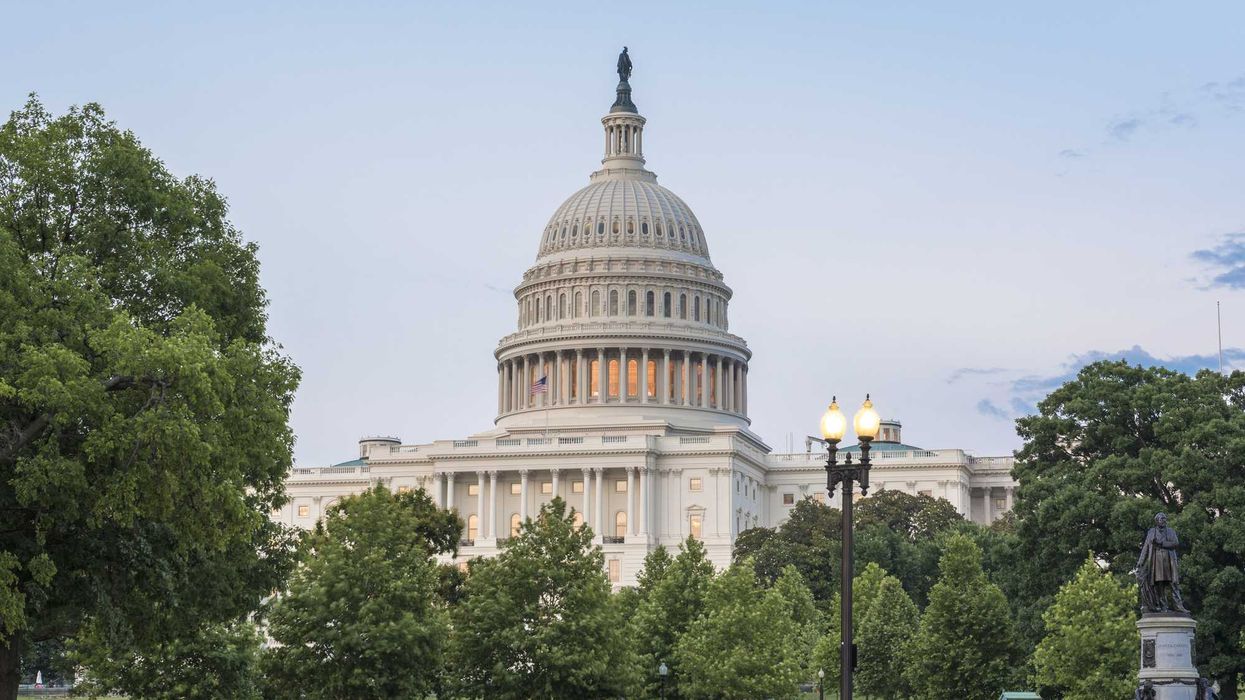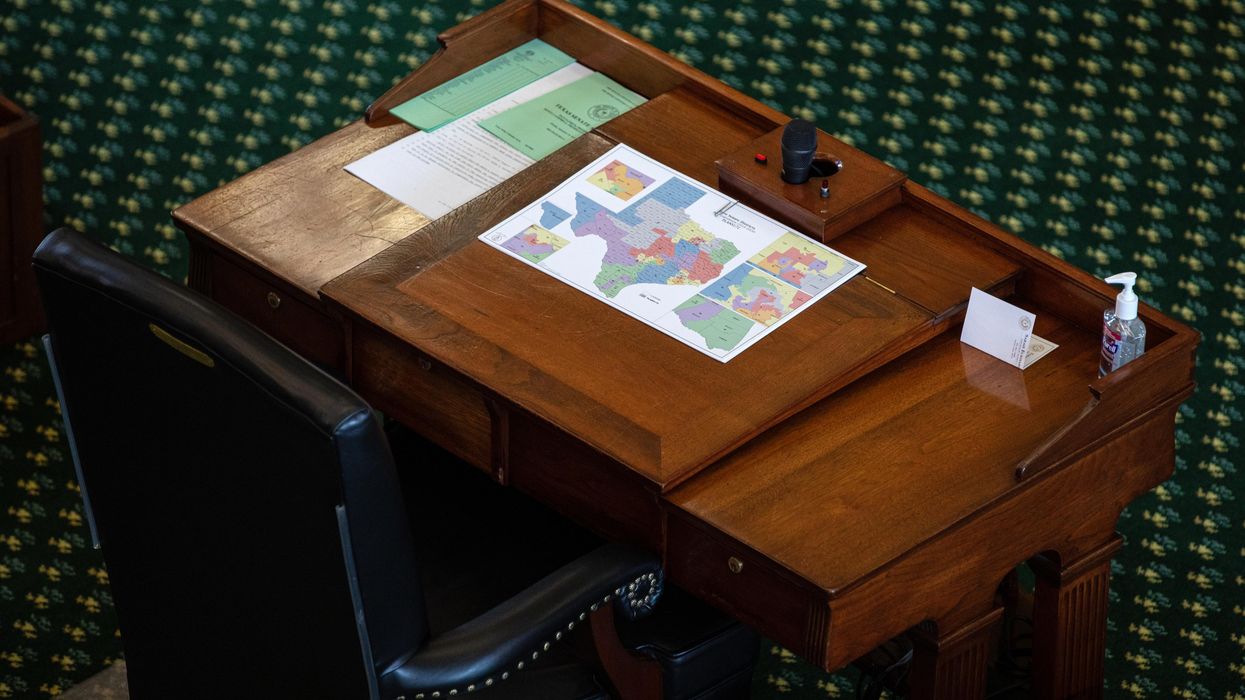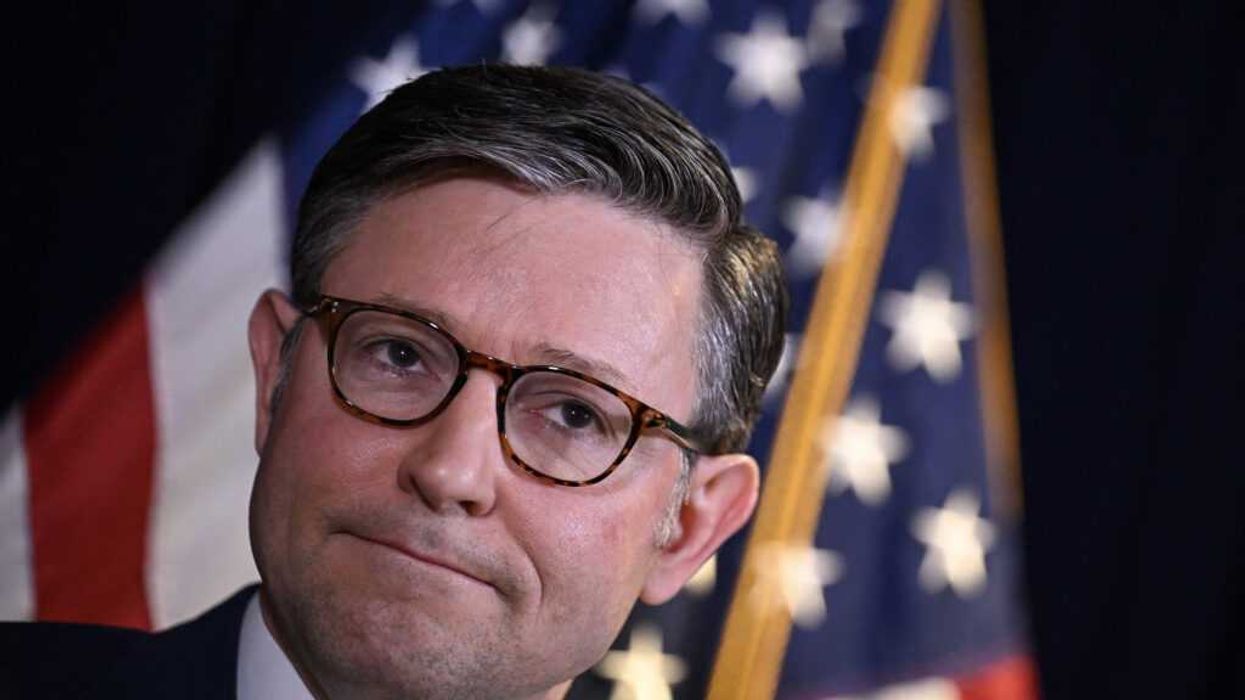Rumors spread last fall about Census impersonators carrying fraudulent IDs who were knocking on doors and robbing people in their homes.
Fear circulated on Twitter. Neighborhood watch groups posted warnings on Facebook. Local TV stations aired stories on how to protect yourself when a stranger shows up to your house.
The only problem? It was baloney. But the government is combating such scams with an aggressiveness underscoring how seriously it takes the nation's only moment of mandatory civic responsibility.
The so-called Home Affairs Hoax is one of the more sinister efforts so far at disrupting the 2020 Census, prompting the bureau to put an entire page on its website devoted to dispelling the rumors.
But preventing such coordinated disinformation campaigns — which threaten a head count that will shape the balance of power in Congress and billions in federal spending for a decade — has prompted the Census Bureau to do more. Before the enumeration began in earnest this month, the agency created something seemingly unique in the federal government: a team dedicated exclusively to combating the spread of malevolent disinformation and misguided misinformation.
Known as the "Trust and Safety Team," roughly two dozen federal employees and contractors are monitoring traditional and social media 24 hours a day, seven days a week for signs of inaccurate information that could steer people away from completing a questionnaire as the law requires. They respond as necessary to correct the narrative.
The false stories about home invasions spread at a particularly bad time for the Census, while workers were in communities across the country for pre-count field canvassing that required knocking on doors to verify addresses, said Zack Schwartz, the Trust and Safety operations director.
"It was very scary for us," he said. "We were starting to see some of the comments online saying, 'Oh, when the fake robbers come to my home, my dogs will be ready.' Or 'I'm glad the Second Amendment exists.'"
He added: "Those things really put our staff at risk, and it's a huge priority, as you can imagine, to make sure our field staff is safe and secure."
As the hoax gained attention, the team countered. First it alerted the social media platforms there had been no police reports anywhere connecting a Census Bureau employee to a robbery — or of robberies by someone pretending to be census worker.
The team then used third-party fact-checkers and the bureau's website to respond with authoritative content that addressed the rumor, Schwartz said.
After being notified of the hoax, the social media platforms combed through their networks and either removed the false posts entirely or added a disclaimer to warn people the post had been discredited. And soon enough, Schwartz said, "We started seeing the rumors slow significantly."
The successful response was tied to the bureau's partnerships with social media giants including Facebook, Twitter and YouTube, which updated their terms of service policies to bar census-related misinformation on their platforms, Schwartz said.
On Thursday, Facebook cited its terms of service policy when it removed hundreds of ads for President Trump's re-electionthat directed users to a campaign survey labeled "2020 census."
"There are policies in place to prevent confusion around the official U.S. census, and this is an example of those being enforced," a company spokesman said.
Partnerships with the tech companies have been essential in the bureau's misinformation fight, Schwartz said, adding the team reviews more than a dozen rumors a day, analyzing their spread and the appropriate response. The most common myths are posted on the bureau's dedicated rumors page.
As the nationwide census begins this month, the Census Bureau is soliciting help in tracking and reporting falsehoods, which can be shared with the agency through its social media channels or by emailing rumors@census.gov.
"Everyone should be an observer," Schwartz said. "We've had great success with information coming into the bureau, the platforms and other places to let us know about the mis- and dis-information out there."



















